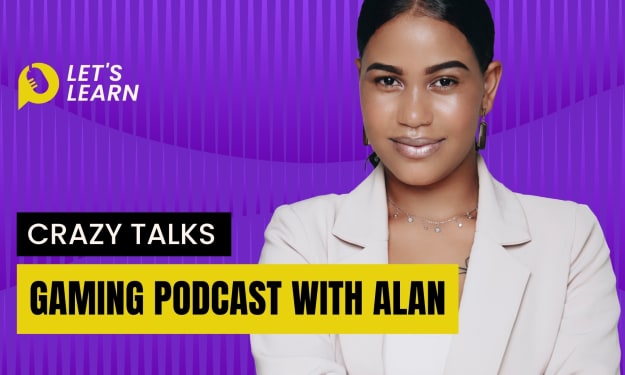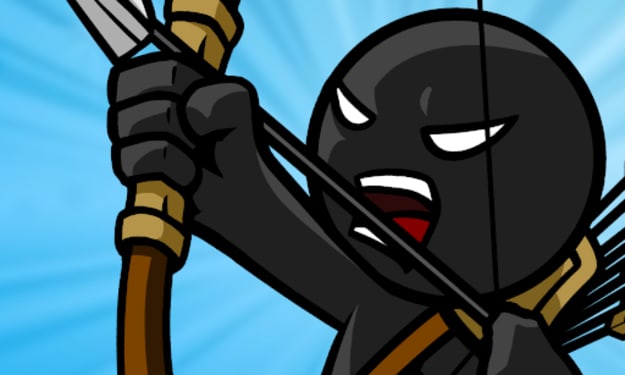
An early aughts cross-over fighting game, the second installment in a long-running series, very technically demanding and has a meta-game dominated by a few top-tier characters. Given that description, what fighting game comes to mind? If you're thinking about Marvel vs. Capcom 2 or Super Smash Bros. Melee, you would be correct. At first glance, these fighting games don't appear to have a lot in common, but they have quite a few similarities. The most significant commonality is the survival of both their competitive scenes more than a decade after their original release.
Dark Age
The 10-year gap between new releases of Street Fighter and Marvel vs. Capcom is known as the dark age of fighting games. While other fighting games remained active during this Capcom hiatus, like Dead or Alive, Virtua Fighter, and Tekken, it was still a blow to the fighting game community. The lack of new installments meant that Marvel vs. Capcom 2 players would need to continue playing the same game for ten years. Marvel vs. Capcom 2 didn't attract many new players but, the community was still large enough to be present at the biggest tournaments. The hype wasn't exclusive to tournaments either, as high-profile money matches that would pit two players against each other for large sums of money were also very popular. The extended life of Marvel vs. Capcom 2 pushed the meta-game to new heights and raised the profile of several fighting game players including, Justin "JWong" Wong, Michael "Yipes" Mendoza, and Sanford "Santhrax" Kelly.
While not as long, the seven-year-long gap between Super Smash Bros. Melee and its sequel also provided a challenge for its community. Unlike other fighting games, Super Smash Bros. Melee didn't have much of a presence at fighting game events because of its party game status. In fact, before the regular appearance of Super Smash Bros. Melee at the Evolution Championship Series (EVO) following 2013, it had only made one appearance in 2007. Before EVO the biggest, organization to host a Super Smash Bros. Melee tournament was Major League Gaming (MLG) in 2004, with 2006 being the last year. This lack of legitimacy forced players to take matters into their own hands by hosting grassroots tournaments, often bringing Nintendo Gamecubes and CRT televisions to support the effort. Just like Marvel vs. Capcom 2, the extended life of Super Smash Bros. Melee pushed the meta-game and turned some of its best players into celebrities within the community.
Freedom
For the fighting game community, a balanced character roster is usually essential for a fighting game. However, despite having a character roster that's far from balanced with characters that are affectionately referred to as broken by its players Marvel vs. Capcom 2 is often considered one of the best fighting games of all time. Rather than a balanced character roster, the appeal of Marvel vs. Capcom 2 appears to be the large amount of freedom the game engine provides. Marvel vs. Capcom 2 was released before online balance patches were possible for fighting games, so as a result, cheap or unfair mechanics remained in the game. The nonexistence of balance patches opened up the possibility space, allowing for creativity that exceeded what was intended by the developers. So what may come off as a match lacking variety with the same top-tier characters to the trained eye is a showcase of player expression.
Freedom is so significant to Super Smash Bros. Melee players that it became a point of contention in the community for its sequel. While many Marvel vs. Capcom 2 players transitioned to Marvel vs. Capcom 3 in 2011, the same did not happen for Super Smash Bros. Melee and its sequel Super Smash Bros. Brawl. The lack of enthusiasm for Super Smash Bros. Brawl stems from the absence of advanced techniques like wavedashing, the addition of pratfalling, a mechanic that makes the player trip randomly while dashing or turning around, and an overall slower pace. These changes led to a schism in the Super Smash Bros. community between Super Smash Bros. Melee and Super Smash Bros. Brawl players.

While there are still Super Smash Bros. Melee and Marvel vs. Capcom 2 tournaments, both games are no longer part of the EVO main stage lineup. Marvel vs. Capcom 2 found new life with a rerelease on the PlayStation Network and Xbox Live Arcade in 2009 that added online multiplayer. On the contrary, Super Smash Bros. Melee didn't receive a rerelease, but through the Nintendo Gamecube emulator, Dolphin online play is possible. Super Smash Bros. Melee and Marvel vs. Capcom 2 later got access to rollback netcode through Slippi and Flycast. Marvel vs. Capcom 2 has experienced a recent resurgence with Yipes hosting Battle of the Strongest and EVO announcing the Marvel vs. Capcom 2: Tournament of Champions at their 2020 lineup reveal show. Super Smash Bros. Melee is still going strong with tournaments like Genesis and Summit that garner thousands of views every year.
About the Creator
Yaw
imposter syndrome






Comments (1)
Melee is one of my favs.